Braids Hairstyles Pictures Biography Source :- (Google.com)
To make this look bang on trend add a little lace: place it two inches deep along the hairline to create an Alice band shape and tie at the nape of the neck.Glossy waves party hairstyles for long hair.Post blowout, curl your hair with a large-barrel iron, then run a brush through the spirals. Finish with a mist of shine spray on your ends.Run mousse through damp strands, then scrunch. Hit random pieces with a curling iron, and pull the top section back at ear level. Smooth down flyaways with hairspray.During the day, you style, you moisturize, you rock your natural hair. You need to care for your natural hair at night, too. Granted, it doesn’t take much time to care for your natural hair at night, but following a few simple rules will help you to maintain natural hair styles as well as keep your hair moisturized.Why You Should Sleep On Satin or Silk
Sleeping on a silk or satin scarf, bonnet or pillow case must be part of your night time hair care regimen.
- To retain moisture. Cotton, on the other hand, absorbs moisture. So if you sleep on a cotton pillow case or a cotton scarf, by morning, you will have dry hair.
- To maintain a hair style. This is particularly true if you use a silk or satin scarf or bonnet on your natural hair at night. The scarf or bonnet will press the style down, and you merely have to pick any pressed down braids or twists off your scalp in the morning. Twists, braids, cornrows, flat twists and Bantu knots are kept neat when they are covered in a silk or satin scarf or bonnet at night.
- To hold rollers in place. Again, this works best with a silk or satin scarf or bonnet, rather than a satin pillow case. Rollers have the tendency to unravel when you toss and turn in your sleep. When you place a scarf or bonnet on your natural hair at night, your rollers are kept safe and immovable. You have little of a chance of having flat curls from rollers that have fallen out during the night.
When You Should Braid or Twist Your Natural Hair at Night
When you are rocking an out style, like an afro or wash and go, you should loosely twist or braid your natural hair at night, especially if you have some length to your hair. Natural hair will tangle and knot during the day because curly and coily hair textures’ ends grasp onto one another. At night, natural hair will produce tangles and knots to a greater degree when you roll around in your bed if they are not protected in twists or braids.
You can place 4 to 8 large, loose braids or twists in your natural hair at night and unravel them again in the morning. Then, you will have fewer tangles the next time you detangle hair than you would have if you hadn’t protected your natural hair at night.
Products To Put In Your Natural Hair at Night
When you do a hot oil treatment, you can leave the oil in your natural hair at night and rinse it out in the morning. You also can sleep with henna in your hair overnight. When you leave these types of products in your natural hair at night, you might want to use a plastic bonnet or plastic wrap to keep these products from getting all over your pillow case course, you can place moisturizers and other stylers in your natural hair at night. You won’t need any plastic for these. Satin or silk will do.
Throughout history, people have worn their hair in a wide variety of ways, largely determined by the fashions of the culture they live in. Hairstyles are markers and signifiers of social class, age, marital status, racial identification, political beliefs and attitudes about gender.
In many cultures, often for religious reasons, women's hair is covered while in public, and in some, such as Haredi Judaism or European Orthodox communities, women's hair is shaved or cut very short, and covered with wigs.[3] Only since the end of World War I have women begun to wear their hair short and in fairly natural styles.[4]
[edit]Ancient history
In ancient civilizations, women's hair was often elaborately and carefully dressed in special ways. Women coloured their hair, curled it, and pinned it up in a variety of ways. They set their hair in waves and curls using wet clay, which they dried in the sun and then combed out, or else by using a jelly made of quince seeds soaked in water, or curling tongs and curling irons of various kinds.[5][6]
[edit]Roman Empire and Middle Ages
Between 27 BC and 102 AD, in Imperial Rome, women wore their hair in complicated styles: a mass of curls on top, or in rows of waves, drawn back into ringlets or braids. Eventually noblewomen's hairstyles grew so complex that they required daily attention from several slaves and a stylist in order to be maintained. The hair was often lightened using wood ash, unslaked lime and sodium bicarbonate, or darkened with copper filings, oak-apples or leeches marinated in wine and vinegar.[7] It was augmented by wigs, hairpieces and pads, and held in place by nets, pins, combs and pomade. Under the Byzantine Empire, noblewomen covered most of their hair with silk caps and pearl nets.[8]
From the time of the Roman Empire until the Middle Ages, most women grew their hair as long as it would naturally grow. Initially they wore it loose, held in place with a band around the brow and covered with a snood, kerchief or veil. From the ninth century until the 16th century, women began to wear their hair in extremely ornate styles, often decorated with pearls, precious stones, ribbons and veils. Women used a technique called "lacing" or "taping," in which cords or ribbons were used to bind the hair around their heads.[9] During this period, most of the hair was braided and hidden under wimples, veils or couvrechefs, and in the later half of the 15th century and on into the 16th century, wealthy women frequently plucked out hair at their temples and the napes of their necks, or used depilatory cream to remove it, if it would otherwise be visible at the edges of their hair coverings.[10] Working-class women in this period wore their hair in simple styles.During the 15th and 16th centuries, European men wore their hair cropped no longer than shoulder-length, with very fashionable men wearing bangs or fringes. In Italy it was common for men to dye their hair.[11]
From the 16th to the 19th century, European women's hair became more visible while their hair coverings grew smaller, with both becoming more elaborate, and with hairstyles beginning to include ornamentation such as flowers, ostrich plumes, ropes of pearls, jewels, ribbons and small crafted objects such as replicas of ships and windmills.[9][12] Bound hair was felt to be symbolic of propriety: loosening one's hair was considered immodest and sexual, and sometimes was felt to have supernatural connotations.[13] Red hair was popular, particularly in England during the reign of the red-haired Elizabeth I, and women and aristocratic men used borax, saltpeter[disambiguation needed], saffron and sulfur powder to dye their hair red, making themselves nauseated and giving themselves headaches and nosebleeds.[7][14] During this period in Spain and Latin cultures, women wore lace mantillas, often worn over a high comb,[9][15] and in Buenos Aires, there developed a fashion for extremely large tortoise-shell hair combs called peinetón, which could measure up to three feet in height and width, and which are said by historians to have reflected the growing influence of France, rather than Spain, upon Argentinians.[16]
In the middle of the 18th century the pouf style developed, with women creating volume in the hair at the front of the head, usually with a pad underneath to lift it higher, and ornamented the back with seashells, pearls or gemstones. In 1750, women began dressing their hair with perfumed pomade and powdering it white. Just before World War I, some women began wearing silk turbans over their hair.[9]
In the early 1870s, in a shift that historians attribute to the influence of the West,[17] Japanese men began cutting their hair into styles known as jangiri or zangiri (which roughly means "random cropping").[18] During this period, Asian women were still wearing traditional hairstyles held up with combs, pins and sticks crafted from tortoise, metal, wood and other materials,[9] but in the middle 1880s, upper-class Japanese women began pushing back their hair in the Western style (known as sokuhatsu), or adopting Westernized versions of traditional Japanese hairstyles (these were called yakaimaki, or literally, soirée chignon).During the First World War, women around the world started to shift to shorter hairstyles that were easier to manage. In the 1920s women started for the first time to bob, shingle and crop their hair, often covering it with small head-hugging cloche hats. In Korea, the bob was called "tanbal."[19] Women began marcelling their hair, creating deep waves in it using heated scissor irons. Durable permanent waving became popular also in this period: it was an expensive, uncomfortable and time-consuming process, in which the hair was put in curlers and inserted into a steam or dry heat machine. During the 1930s women began to wear their hair slightly longer, in page boys, bobs or waves and curls.
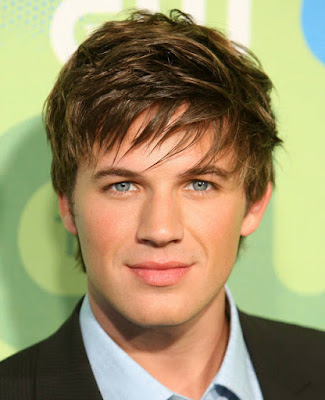 Braids Hairstyles Pictures
Braids Hairstyles Pictures
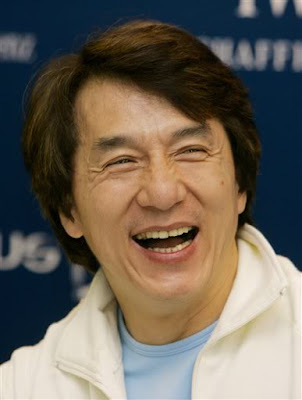 Braids Hairstyles Pictures
Braids Hairstyles Pictures
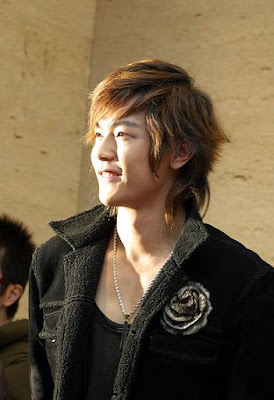 Braids Hairstyles Pictures
Braids Hairstyles Pictures
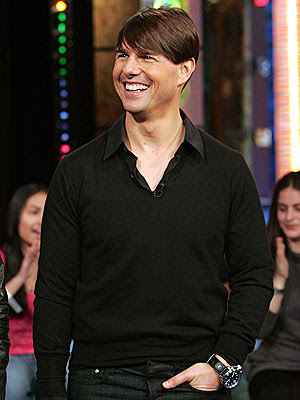 Braids Hairstyles Pictures
Braids Hairstyles Pictures
 Braids Hairstyles Pictures
Braids Hairstyles Pictures
 Braids Hairstyles Pictures
Braids Hairstyles Pictures
 Braids Hairstyles Pictures
Braids Hairstyles Pictures
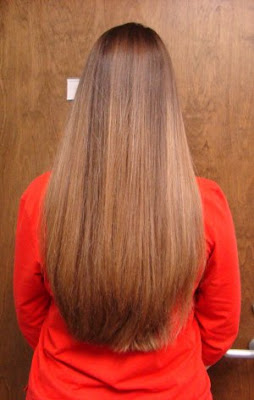 Braids Hairstyles Pictures
Braids Hairstyles Pictures
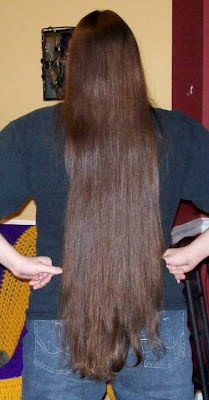
 Braids Hairstyles Pictures
Braids Hairstyles Pictures
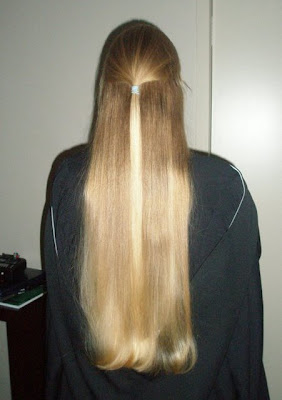 Braids Hairstyles Pictures
Braids Hairstyles Pictures
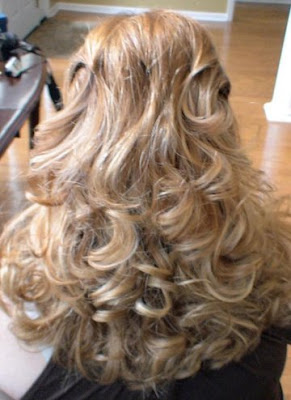 Braids Hairstyles Pictures
Braids Hairstyles Pictures
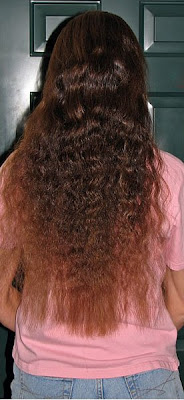 Braids Hairstyles Pictures
Braids Hairstyles Pictures
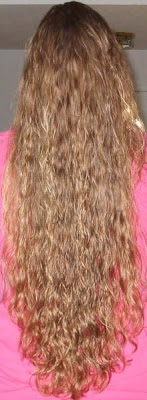 Braids Hairstyles Pictures
Braids Hairstyles Pictures
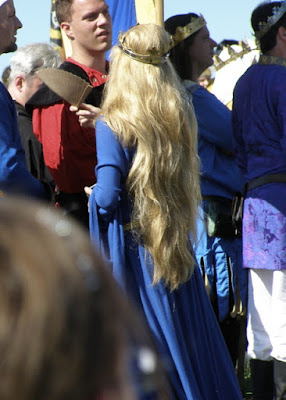 Braids Hairstyles Pictures
Braids Hairstyles Pictures
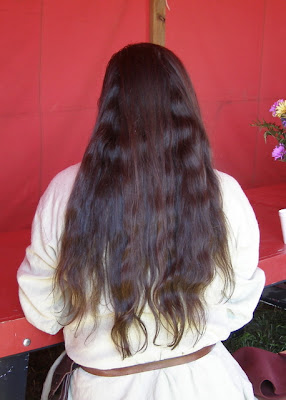 Braids Hairstyles Pictures
Braids Hairstyles Pictures
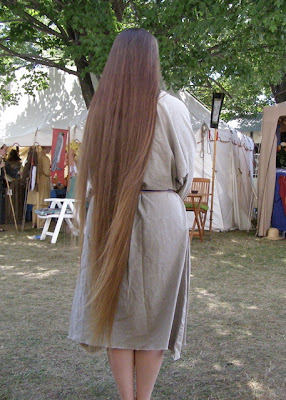 Braids Hairstyles Pictures
Braids Hairstyles Pictures
To make this look bang on trend add a little lace: place it two inches deep along the hairline to create an Alice band shape and tie at the nape of the neck.Glossy waves party hairstyles for long hair.Post blowout, curl your hair with a large-barrel iron, then run a brush through the spirals. Finish with a mist of shine spray on your ends.Run mousse through damp strands, then scrunch. Hit random pieces with a curling iron, and pull the top section back at ear level. Smooth down flyaways with hairspray.During the day, you style, you moisturize, you rock your natural hair. You need to care for your natural hair at night, too. Granted, it doesn’t take much time to care for your natural hair at night, but following a few simple rules will help you to maintain natural hair styles as well as keep your hair moisturized.Why You Should Sleep On Satin or Silk
Sleeping on a silk or satin scarf, bonnet or pillow case must be part of your night time hair care regimen.
- To retain moisture. Cotton, on the other hand, absorbs moisture. So if you sleep on a cotton pillow case or a cotton scarf, by morning, you will have dry hair.
- To maintain a hair style. This is particularly true if you use a silk or satin scarf or bonnet on your natural hair at night. The scarf or bonnet will press the style down, and you merely have to pick any pressed down braids or twists off your scalp in the morning. Twists, braids, cornrows, flat twists and Bantu knots are kept neat when they are covered in a silk or satin scarf or bonnet at night.
- To hold rollers in place. Again, this works best with a silk or satin scarf or bonnet, rather than a satin pillow case. Rollers have the tendency to unravel when you toss and turn in your sleep. When you place a scarf or bonnet on your natural hair at night, your rollers are kept safe and immovable. You have little of a chance of having flat curls from rollers that have fallen out during the night.
When You Should Braid or Twist Your Natural Hair at Night
When you are rocking an out style, like an afro or wash and go, you should loosely twist or braid your natural hair at night, especially if you have some length to your hair. Natural hair will tangle and knot during the day because curly and coily hair textures’ ends grasp onto one another. At night, natural hair will produce tangles and knots to a greater degree when you roll around in your bed if they are not protected in twists or braids.
You can place 4 to 8 large, loose braids or twists in your natural hair at night and unravel them again in the morning. Then, you will have fewer tangles the next time you detangle hair than you would have if you hadn’t protected your natural hair at night.
Products To Put In Your Natural Hair at Night
When you do a hot oil treatment, you can leave the oil in your natural hair at night and rinse it out in the morning. You also can sleep with henna in your hair overnight. When you leave these types of products in your natural hair at night, you might want to use a plastic bonnet or plastic wrap to keep these products from getting all over your pillow case course, you can place moisturizers and other stylers in your natural hair at night. You won’t need any plastic for these. Satin or silk will do.
Throughout history, people have worn their hair in a wide variety of ways, largely determined by the fashions of the culture they live in. Hairstyles are markers and signifiers of social class, age, marital status, racial identification, political beliefs and attitudes about gender.
In many cultures, often for religious reasons, women's hair is covered while in public, and in some, such as Haredi Judaism or European Orthodox communities, women's hair is shaved or cut very short, and covered with wigs.[3] Only since the end of World War I have women begun to wear their hair short and in fairly natural styles.[4]
[edit]Ancient history
In ancient civilizations, women's hair was often elaborately and carefully dressed in special ways. Women coloured their hair, curled it, and pinned it up in a variety of ways. They set their hair in waves and curls using wet clay, which they dried in the sun and then combed out, or else by using a jelly made of quince seeds soaked in water, or curling tongs and curling irons of various kinds.[5][6]
[edit]Roman Empire and Middle Ages
Between 27 BC and 102 AD, in Imperial Rome, women wore their hair in complicated styles: a mass of curls on top, or in rows of waves, drawn back into ringlets or braids. Eventually noblewomen's hairstyles grew so complex that they required daily attention from several slaves and a stylist in order to be maintained. The hair was often lightened using wood ash, unslaked lime and sodium bicarbonate, or darkened with copper filings, oak-apples or leeches marinated in wine and vinegar.[7] It was augmented by wigs, hairpieces and pads, and held in place by nets, pins, combs and pomade. Under the Byzantine Empire, noblewomen covered most of their hair with silk caps and pearl nets.[8]
From the time of the Roman Empire until the Middle Ages, most women grew their hair as long as it would naturally grow. Initially they wore it loose, held in place with a band around the brow and covered with a snood, kerchief or veil. From the ninth century until the 16th century, women began to wear their hair in extremely ornate styles, often decorated with pearls, precious stones, ribbons and veils. Women used a technique called "lacing" or "taping," in which cords or ribbons were used to bind the hair around their heads.[9] During this period, most of the hair was braided and hidden under wimples, veils or couvrechefs, and in the later half of the 15th century and on into the 16th century, wealthy women frequently plucked out hair at their temples and the napes of their necks, or used depilatory cream to remove it, if it would otherwise be visible at the edges of their hair coverings.[10] Working-class women in this period wore their hair in simple styles.During the 15th and 16th centuries, European men wore their hair cropped no longer than shoulder-length, with very fashionable men wearing bangs or fringes. In Italy it was common for men to dye their hair.[11]
From the 16th to the 19th century, European women's hair became more visible while their hair coverings grew smaller, with both becoming more elaborate, and with hairstyles beginning to include ornamentation such as flowers, ostrich plumes, ropes of pearls, jewels, ribbons and small crafted objects such as replicas of ships and windmills.[9][12] Bound hair was felt to be symbolic of propriety: loosening one's hair was considered immodest and sexual, and sometimes was felt to have supernatural connotations.[13] Red hair was popular, particularly in England during the reign of the red-haired Elizabeth I, and women and aristocratic men used borax, saltpeter[disambiguation needed], saffron and sulfur powder to dye their hair red, making themselves nauseated and giving themselves headaches and nosebleeds.[7][14] During this period in Spain and Latin cultures, women wore lace mantillas, often worn over a high comb,[9][15] and in Buenos Aires, there developed a fashion for extremely large tortoise-shell hair combs called peinetón, which could measure up to three feet in height and width, and which are said by historians to have reflected the growing influence of France, rather than Spain, upon Argentinians.[16]
In the middle of the 18th century the pouf style developed, with women creating volume in the hair at the front of the head, usually with a pad underneath to lift it higher, and ornamented the back with seashells, pearls or gemstones. In 1750, women began dressing their hair with perfumed pomade and powdering it white. Just before World War I, some women began wearing silk turbans over their hair.[9]
In the early 1870s, in a shift that historians attribute to the influence of the West,[17] Japanese men began cutting their hair into styles known as jangiri or zangiri (which roughly means "random cropping").[18] During this period, Asian women were still wearing traditional hairstyles held up with combs, pins and sticks crafted from tortoise, metal, wood and other materials,[9] but in the middle 1880s, upper-class Japanese women began pushing back their hair in the Western style (known as sokuhatsu), or adopting Westernized versions of traditional Japanese hairstyles (these were called yakaimaki, or literally, soirée chignon).During the First World War, women around the world started to shift to shorter hairstyles that were easier to manage. In the 1920s women started for the first time to bob, shingle and crop their hair, often covering it with small head-hugging cloche hats. In Korea, the bob was called "tanbal."[19] Women began marcelling their hair, creating deep waves in it using heated scissor irons. Durable permanent waving became popular also in this period: it was an expensive, uncomfortable and time-consuming process, in which the hair was put in curlers and inserted into a steam or dry heat machine. During the 1930s women began to wear their hair slightly longer, in page boys, bobs or waves and curls.
Braids Hairstyles Pictures








Braids Hairstyles Pictures









No comments:
Post a Comment